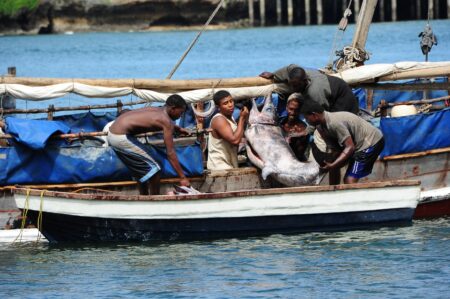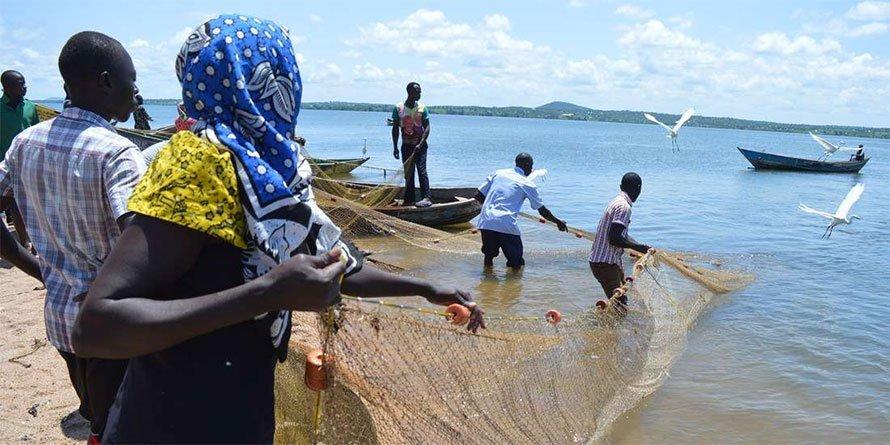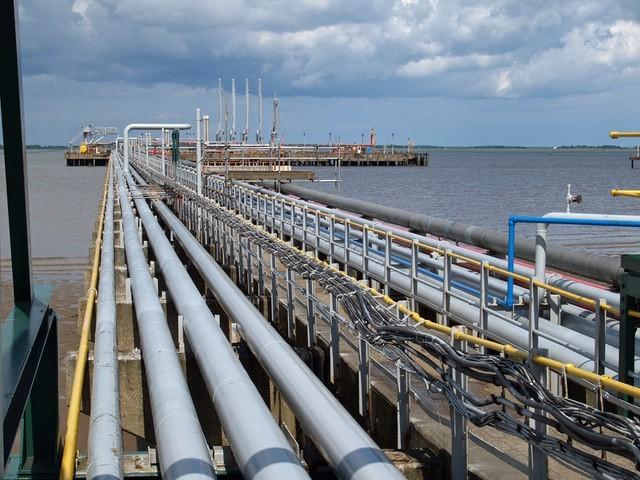- Africa’s new dawn: the rising role of digital and AI in agriculture
- Can Dangote Refinery Transform Africa Energy Ambition
- Gallup Survey: 80 per cent of Kenyan Workers Are Disengaged and Seek New Opportunities
- Madagascar Man Freed from 5KG Tumor After 15-Year Struggle
- How women in Africa are perceived and treated
- Sugar consumption in Kenya to Increase to 1.23 Million Tonnes
- Can Somalia and Turkey Oil deal Bring Change in Somaliland
- Remittances to Kenya dropped to $371.6 million in June, marking a six month low
Browsing: Lake Victoria
- In May, Tanzania took a bold but risky step by banning fishing on Lake Tanganyika for three months.
- In the Lake Victoria fishing zone, a new challenge, the smuggling of fish maws, is denying the government revenues.
- Statistics show that Tanzania is also experiencing reduced volumes of Nile Perch caught in Lake Victoria.
Tanzania’s water bodies alone hold plenty of economic activity potential, including the opportunity to harness the country’s billion-dollar fishing industry.
Records from the Ministry of Livestock and Fisheries show that the industry employs nearly 200,000 people directly. Another 4.5 million individuals benefit from the fishing industry’s value chain in Tanzania.
Tanzania’s fishing industry share of GDP
Tanzania’s fisheries contributed 1.8 per cent to the GDP last year and expanded by at least 2.5 per cent. The sector, despite displaying plenty of potential for creating jobs and powering the economy is facing a myriad of challenges. From Tanzania’s …
Speaking on the first day of COP27 in Egypt, Dr. Adesina said the funding would strengthen collective efforts to build climate resilience for African countries which are suffering from increasing frequencies of droughts, floods and cyclones that are devastating economies in Africa.
The Glasgow Climate Pact included a commitment from donors to double adaptation finance in 2025 from 2019 levels. Earlier, Sunak announced that the UK will surpass that target and triple adaptation funding from £500 million in 2019 to £1.5 billion in 2025. The funding package provided to AfDB will be part of this commitment.
The Netherlands has also announced that it will contribute to the CAW alongside the UK funding. The Foreign Secretary has called on other countries to contribute over the coming months.
Sunak also confirmed during the COP27 in Egypt that the UK is delivering the target of spending £11.6 billion on International Climate Finance (ICF) …
Lake Victoria’s fisheries support more than 3 million livelihoods and bring in US$500 million in revenues annually.
Nile Perch is the main fish caught in Lake Victoria. Fish maw – the air sack that aids the Nile Perch in floating and a Chinese delicacy – has been a major export source. Statistics from the Uganda Ministry of Agriculture indicate an increase in fish maw exports earning from US$27m in 2015, to US$31m in 2016, US$48m in 2017 and US$52m in 2018. These earnings exclude the earnings from Nile Perch and its eggs.
However, the lake has been invaded by water hyacinth – the floating, green mats of waxy leaves with purple blossoms – depriving the waters below of oxygen which makes it hard for aquatic life to survive.
That, plus overfishing which occurs when fishermen use undersized nets that catch fish before they reach maturity, rapid population growth, and pollution …
For years, steamers carrying goods and passengers were the main transport mode across Lake Victoria moving from one country to another and easing cross border trade. In its hey days, Lake Victoria had over five functional ports: Kisumu being the largest, Mwanza, Musoma and Bukoba in Tanzania, Entebbe, Jinja and Port Bell all in Uganda. There were other minor ports scattered across the area including Kendu Bay, Port Victoria, and Mbita Point which were mainly used by smaller boats.
The lake was mainly used to move goods from one point to another, but also was instrumental in the growth of the fishing industry in East Africa. There were also international ferries operating clockwise and anticlockwise across the lake cities of the biggest lake in Africa, moving thousands of passengers every year. Initially, the ferries and ports were run under the East African Railways and Harbou…








